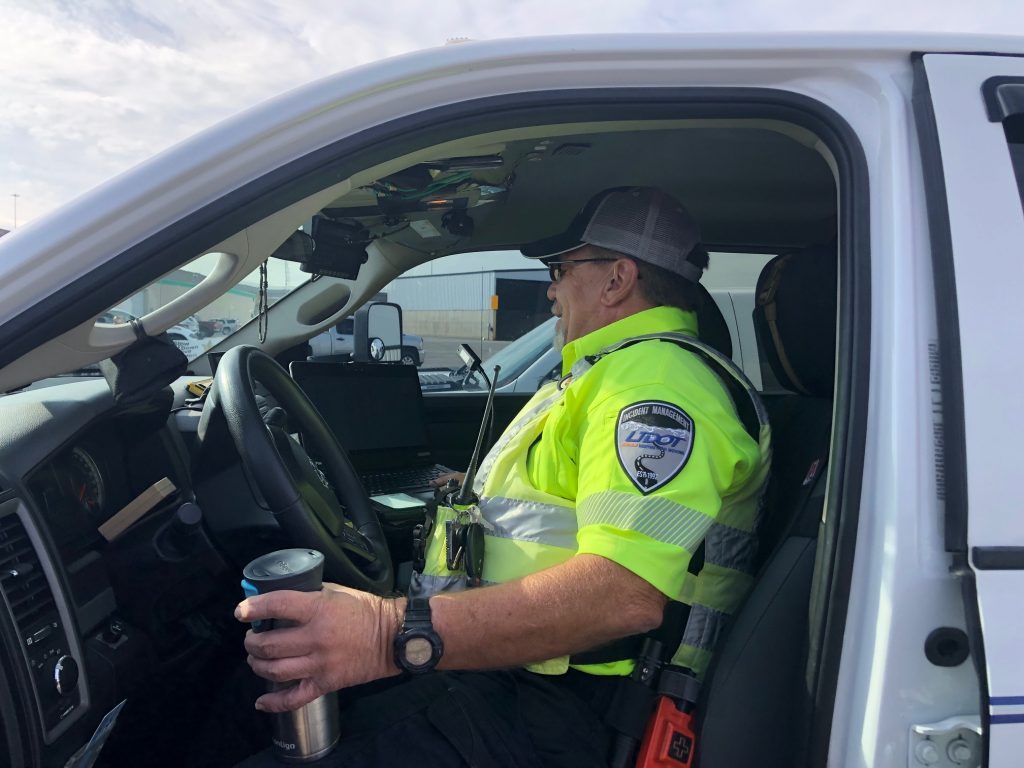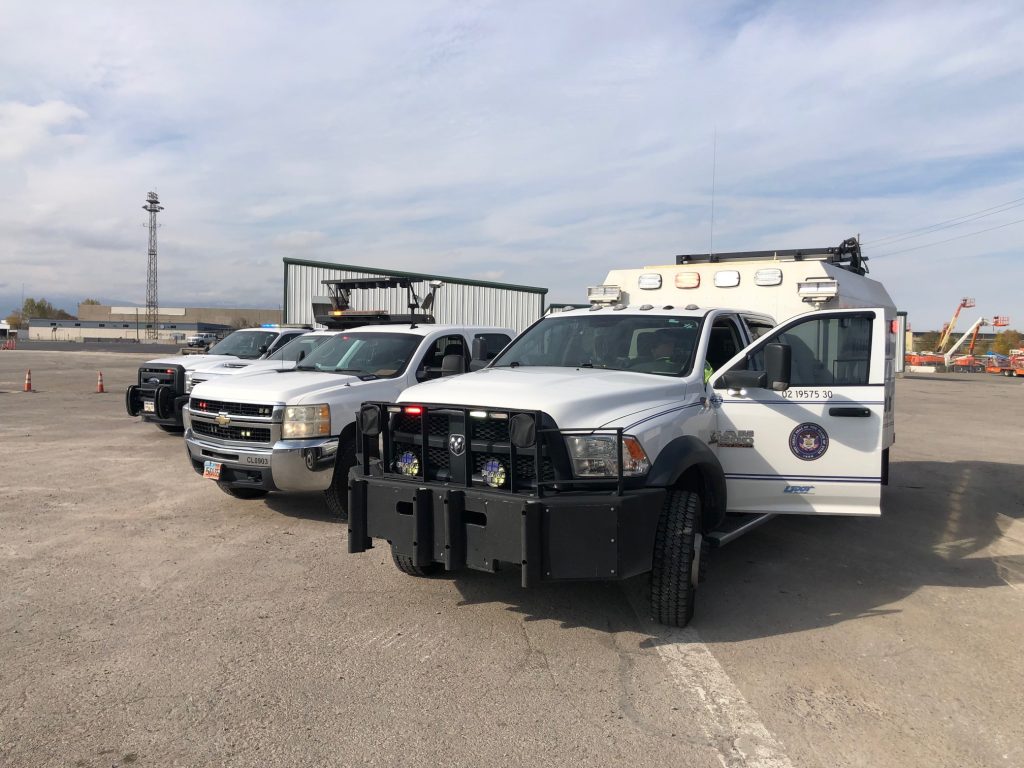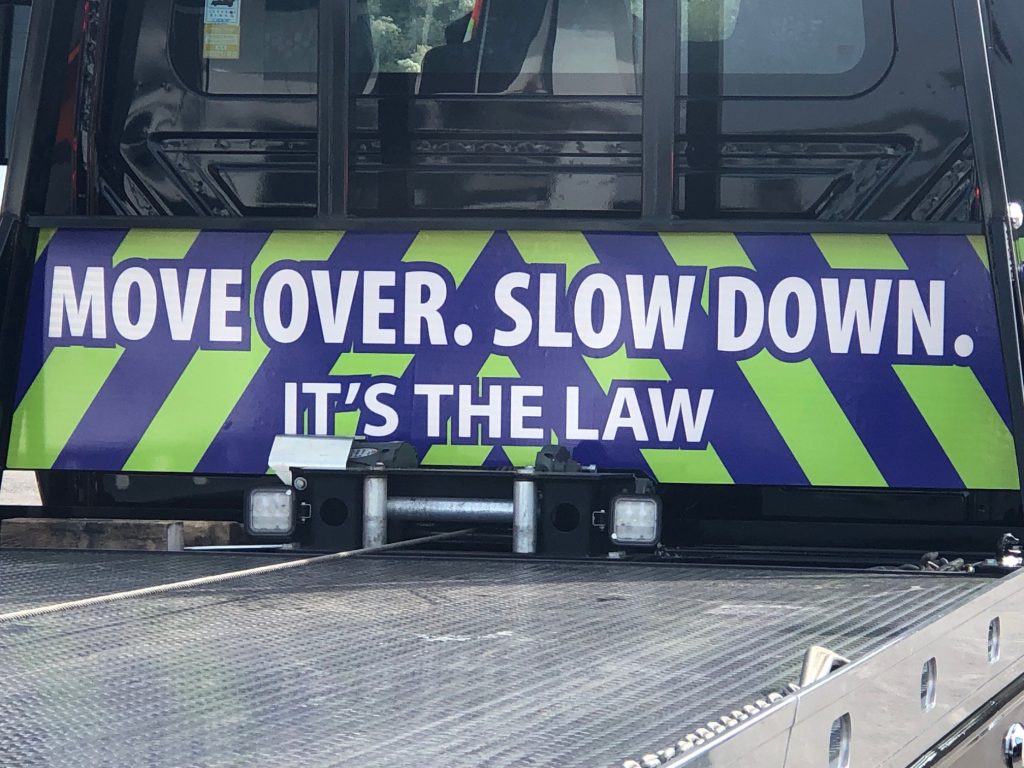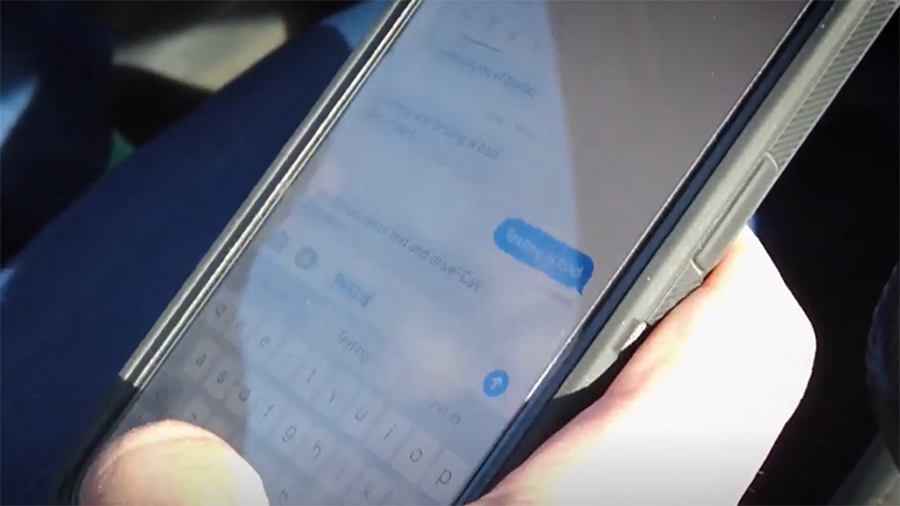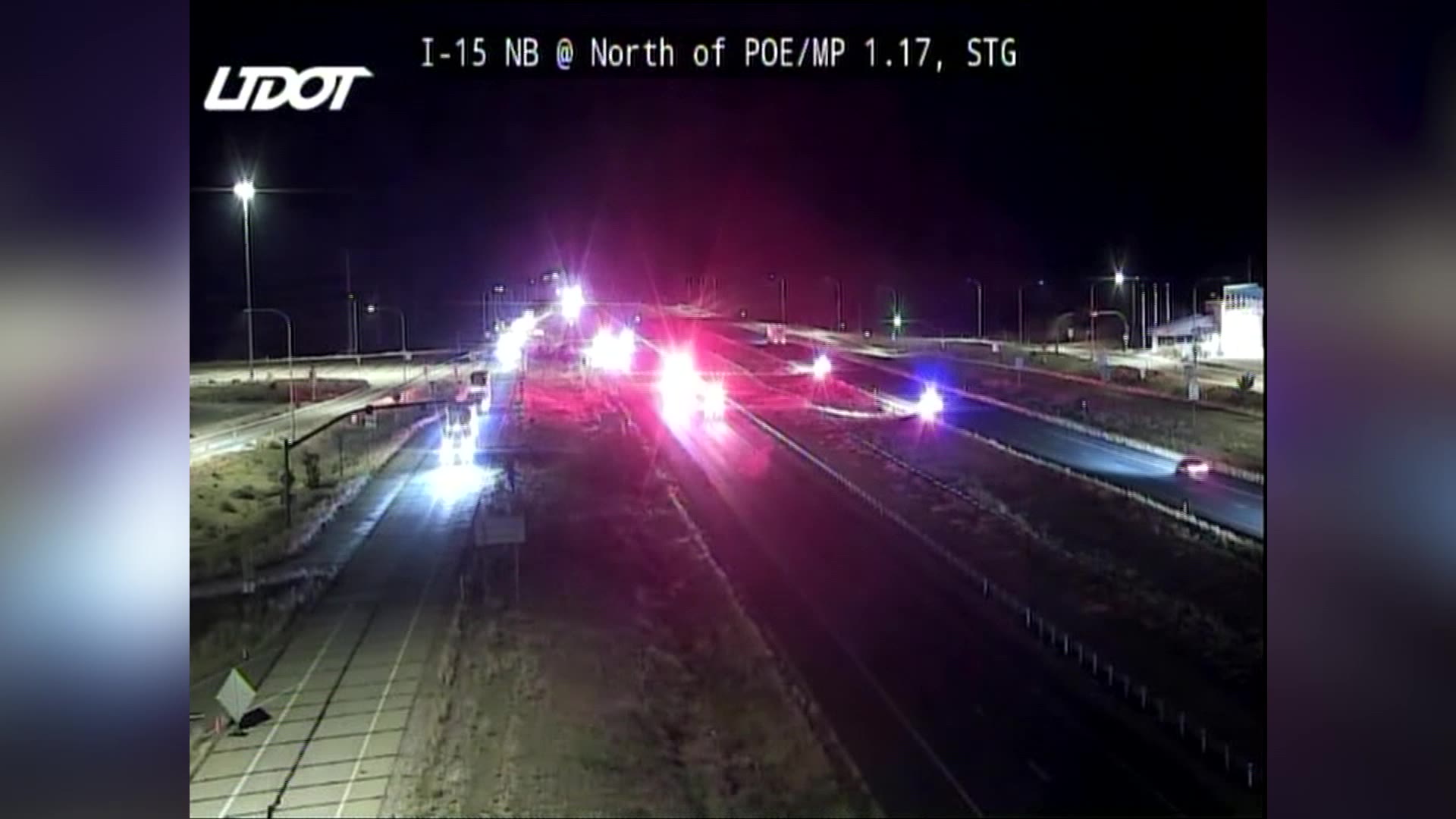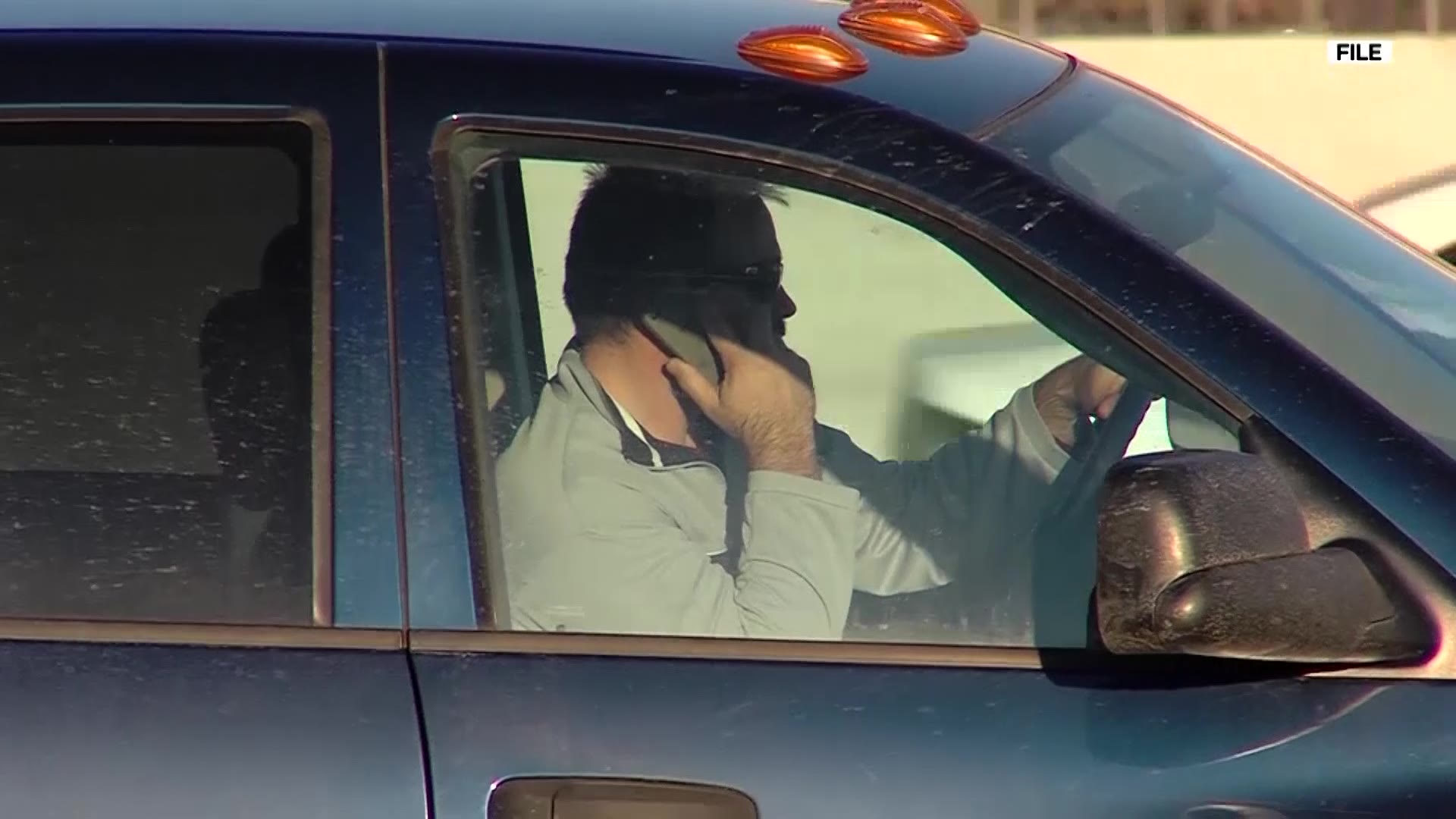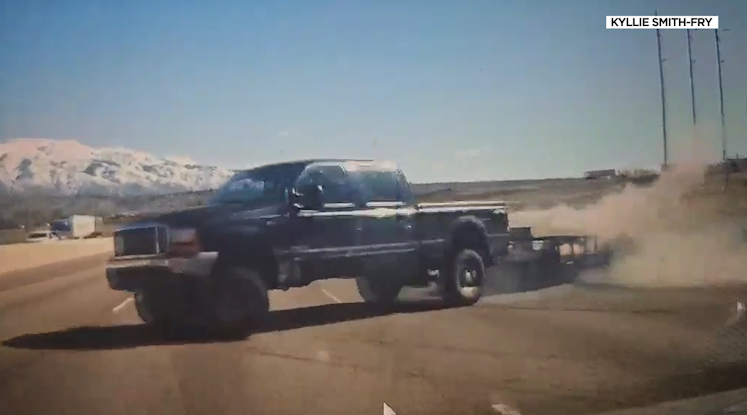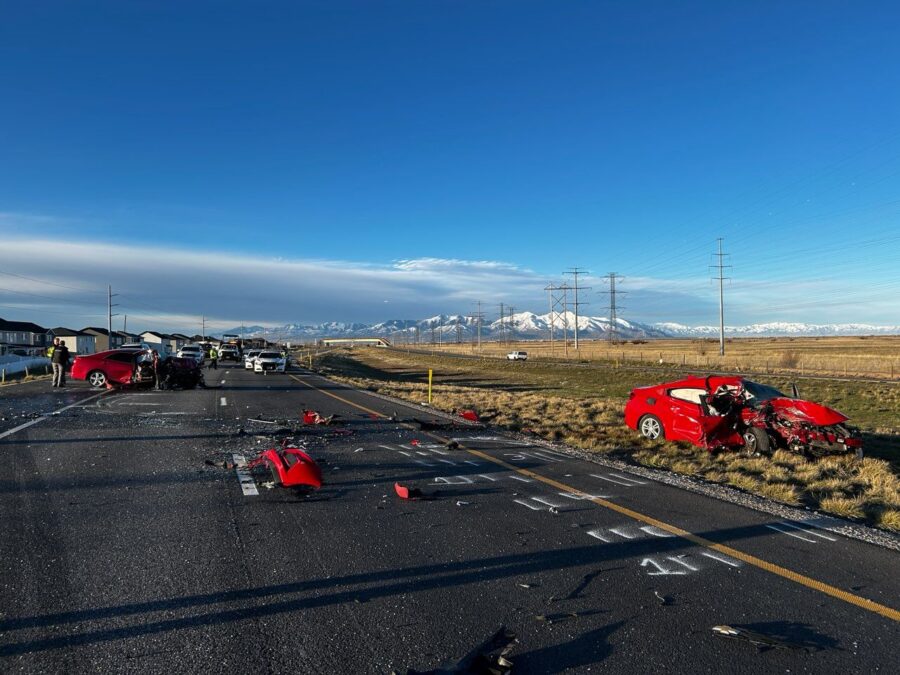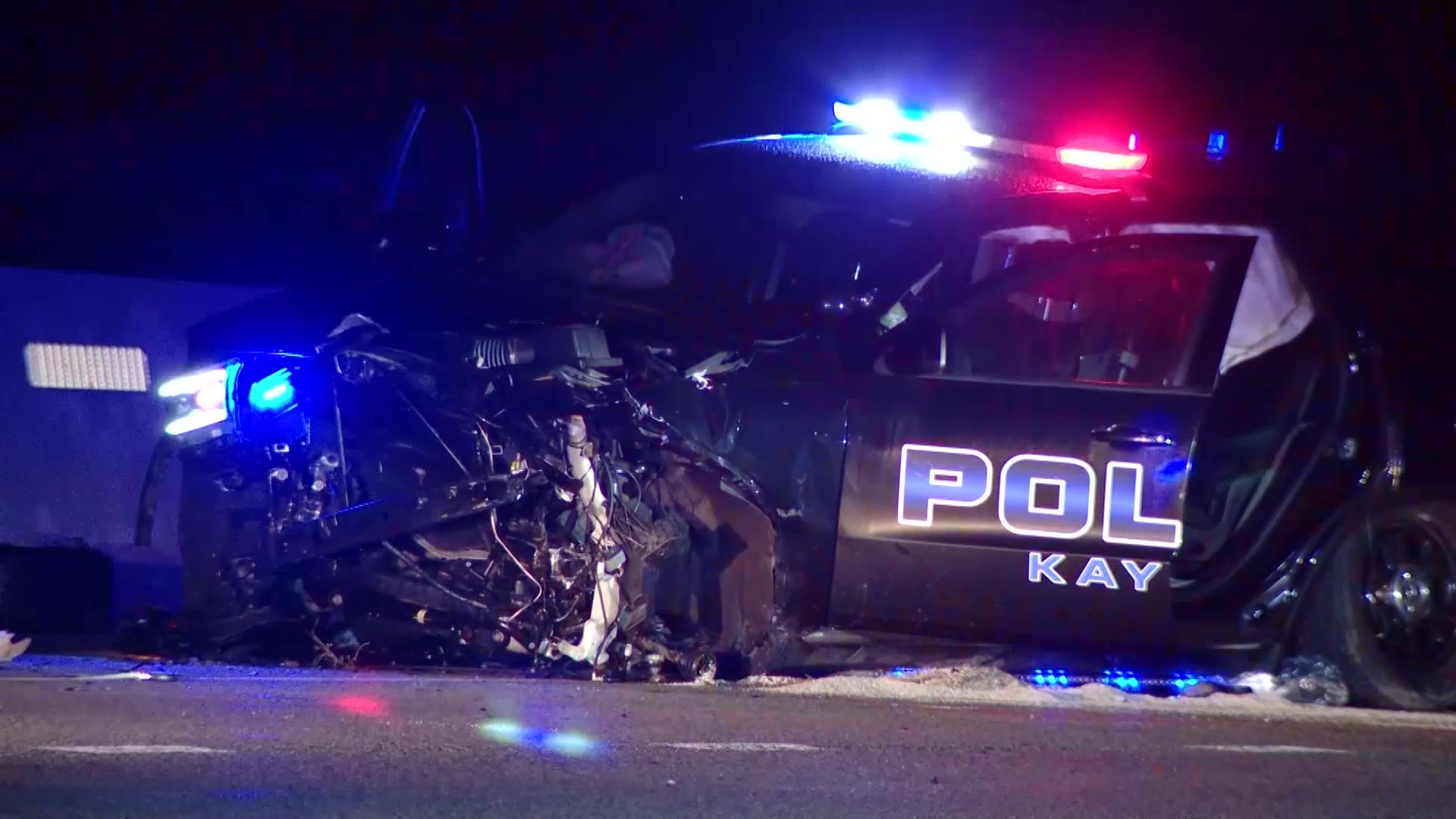UHP: Slow down, move over when you see flashing lights
Nov 8, 2021, 5:10 PM | Updated: 8:16 pm
SALT LAKE CITY — Crash responders risk their lives to protect motorists traveling on Utah’s roads every day.
Crashes on the side of the road are a leading cause of death for on-duty law enforcement officers and other responders.
Nov. 8-14 is National Crash Responders Safety Week.
Troopers with the Utah Highway Patrol said they’ve seen a rise in crashes involving crash responders at the side of the road, and they need motorists to pay attention.
“Anything that occurs out there on the freeway, we will be involved,” said Alan Peterson, an incident management supervisor with the Utah Department of Transportation.
Peterson has been helping with roadside problems the last two decades.
Four members of his team have been hit in the last three years, including him.
“I didn’t see him coming,” said Peterson. “I felt a jolt in my truck, and it started to fishtail a little bit.”
He was driving home three years ago on Thanksgiving Day when he was rear-ended by a drunk driver, who was speeding in a storm.
“The vehicle that hit me spun around and basically did a pit maneuver on my truck,” he said.
Peterson ended up with hairline fractures in his neck.
His truck was out of service for four months. So, he and other crash responders are asking all Utah drivers to focus on safety, so they can make it home to their families.
“We’re just trying to bring attention to the problem that we’re getting hit out on on the roadways,” said Major Jeff Nigbur, assistant superintendent of the UHP.
Nationally, nearly 50 first responders are hit each year.
So far in 2021, that number is already at 53.
From 2010 to 2019, 535 police officers were killed in crashes on the side of the road.
“It’s getting worse. The speeds are up,” Peterson said, explaining part of the problem.
Since 2018, 11 people in Utah have been killed and 37 others seriously injured in those types of crashes.
According to state numbers, crashes with emergency vehicles peak from 3 p.m. to 5 p.m.
The top errors by drivers that lead to those crashes are speeding too fast for conditions and failing to yield to flashing lights.
A spike in fatal crashes in Utah over the last two years means there are even more crash responders at risk.
“It’s super dangerous,” said Nigbur. “I know that most motorists have never had the opportunity to stand out on the freeway with traffic going by you at 70 to 80 mph, and it’s scary.”
So, when you see flashing lights, slow down and move over — it’s the law.
Every state now has a move over law, according to the UHP.
If the lane next to you is open, move over. If it’s not, slow down and give as much room to the first responders.
Nigbur said that state troopers heading to work every day are well aware of increasing dangers on the side of the road.
“It’s kind of a saying in the highway patrol: it’s not a matter of if, but when you get hit, and that’s unfortunate.”


